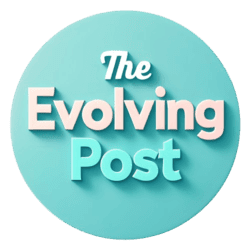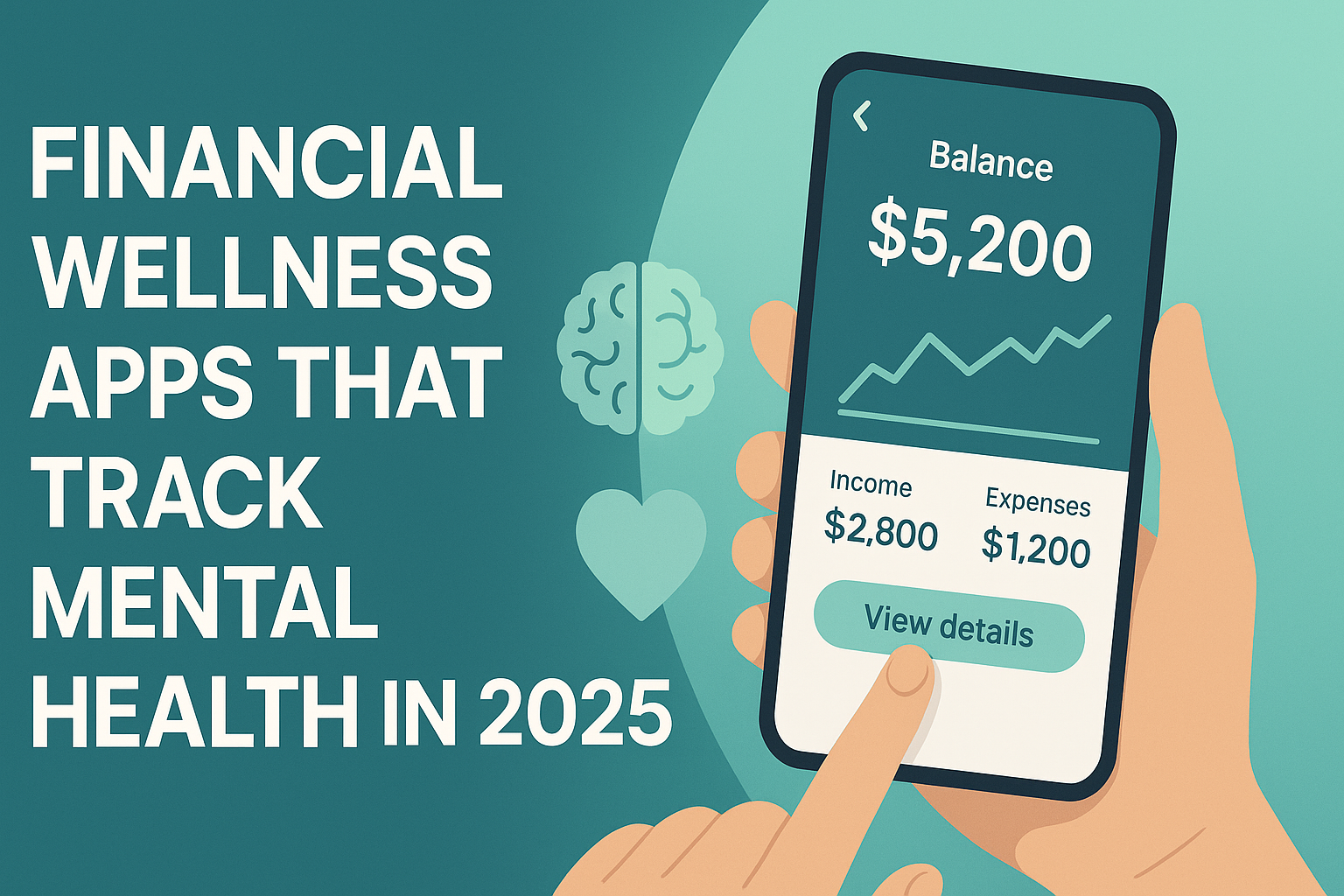From boardrooms to small businesses, the new economic playbook is here — and it’s tech-driven, inflation-aware, and globally reactive.
2026 is already shaping up to be a defining year for how businesses and households approach money. With artificial intelligence now embedded in financial decision-making, inflation still biting into margins, and tariffs shaking global trade flows, we’re entering a new financial era—one that demands speed, adaptability, and tech fluency.
Let’s break down what’s really changing, why it matters, and how to prepare for the financial realities of tomorrow—starting today.
Background & Context: Why Everything Feels Different Now
After years of economic turbulence—from the COVID hangover to supply chain resets and political shifts—the financial world has entered a new phase. The old “set-it-and-forget-it” financial models just don’t work anymore.
Three macro forces are converging to drive this change:
- AI automation is transforming how financial tasks are done
- Inflation is forcing tighter, more adaptive budgeting
- Tariff wars are realigning trade and investment strategies
Whether you’re leading a company, running a side hustle, or managing a household budget, these forces are shaping the playing field.
Deep-Dive Analysis
AI: From Buzzword to Budget Assistant
Artificial intelligence is no longer a hypothetical advantage. It’s now a core financial tool. AI is powering:
- Real-time forecasting models that adapt to economic inputs on the fly
- Automated audits and reporting, slashing the time and human error once involved
- Predictive analytics that help CFOs plan for multiple scenarios—instantly
A survey from McKinsey found that more than 60% of CFOs now use AI in at least one financial process, and that number is growing fast.
Case in point: A major global logistics company reduced its quarterly forecasting process from three weeks to four days after integrating an AI-based planning engine. And the forecasts? 20% more accurate.
This kind of efficiency is no longer reserved for tech giants—it’s becoming table stakes.
Inflation: Still the Silent Strategy Killer
Yes, inflation has cooled somewhat since its 2022–2024 peak, but make no mistake: persistent cost pressure is still warping finance strategy.
- Wages are up, but so are raw materials, rent, and insurance costs.
- Debt is more expensive, thanks to prolonged high interest rates.
- Cash flow strategies now require more flexibility and contingency planning.
Companies that once forecasted in quarters are now forecasting in weeks. And individuals? They’re doing the same—adjusting savings goals and discretionary spending monthly.
According to data from the BLS, core inflation is still running 2.7% above the Fed’s target, and categories like utilities, education, and insurance remain especially sticky.
Tariffs: Global Tensions, Local Consequences
Tariffs were once an abstract concern for trade economists. In 2026? They’re a line item in most financial plans.
With the U.S. re-escalating trade tensions—especially with China and the EU—many businesses are:
- Reshoring production to reduce cross-border costs
- Redesigning supply chains to avoid tariff-heavy routes
- Rethinking pricing strategies to offset margin hits from imported goods
Even small importers are feeling it. A bike shop in Texas now pays 18% more for frames sourced from Taiwan. That cost gets passed on—or eats into profit. Neither is ideal.
Finance Roles Are Evolving—Fast
The modern finance professional in 2026 needs more than Excel skills. They’re part data scientist, part strategist, part risk manager.
Here’s what’s now expected in the finance toolkit:
- AI fluency: Not just knowing what AI is—but knowing how to use it
- Scenario modeling: Planning for not just one future—but many
- Geopolitical literacy: Understanding how global events shape local outcomes
This evolution is pushing more finance leaders to upskill. Programs from Wharton, MIT, and Coursera on AI and financial modeling are seeing record enrollments.
The CFO Is Now a Strategic Architect
Gone are the days when the CFO was just the “budget guy.” Today’s CFO is:
- The AI integrator, overseeing digital finance systems
- The inflation strategist, guiding cost containment and pricing
- The geopolitical risk manager, watching tariffs and currency shifts
In fact, Deloitte’s 2025 CFO Signals survey found that 71% of CFOs now sit on their company’s innovation or transformation boards—a jump from just 39% five years ago.
They’re not just balancing the books. They’re redefining the business model.

Actionable Takeaways & Key Insights
Here’s how to stay ahead in this changing landscape:
- Start integrating AI tools into your workflow
Whether it’s forecasting software or automated reporting, experiment with platforms like Datarails, Cube, or Planful. - Scenario-plan for multiple inflation outcomes
Don’t assume things will stabilize. Build flexible budgets with high and low inflation paths. - Audit your exposure to global trade risk
If your business (or job) depends on imported goods, assess how tariff changes might impact you. - Reskill continuously
Take one course on AI or financial transformation this year—it’ll pay off in both confidence and job security. - Watch what CFOs are saying
Their priorities shape markets and hiring trends. Read quarterly reports and leadership interviews to stay informed.
Conclusion & Call to Action
2026 won’t be the year of calm. It’ll be the year of acceleration. AI is in the driver’s seat, inflation is still whispering in the background, and global trade is a battlefield. Those who ignore these realities risk falling behind—fast.
But those who lean in, adapt, and reskill? They’re building a roadmap for financial resilience.
Whether you’re a founder, freelancer, finance analyst, or just managing your household budget, one thing’s clear: money strategy is no longer just about dollars and cents—it’s about agility, insight, and timing.
Stay tuned to The Evolving Post for more smart, actionable updates that impact your money and your future — because understanding the system is the first step to changing your financial story.
While this analysis is based on thorough research, it is for informational and educational purposes only and should not be considered financial advice.








